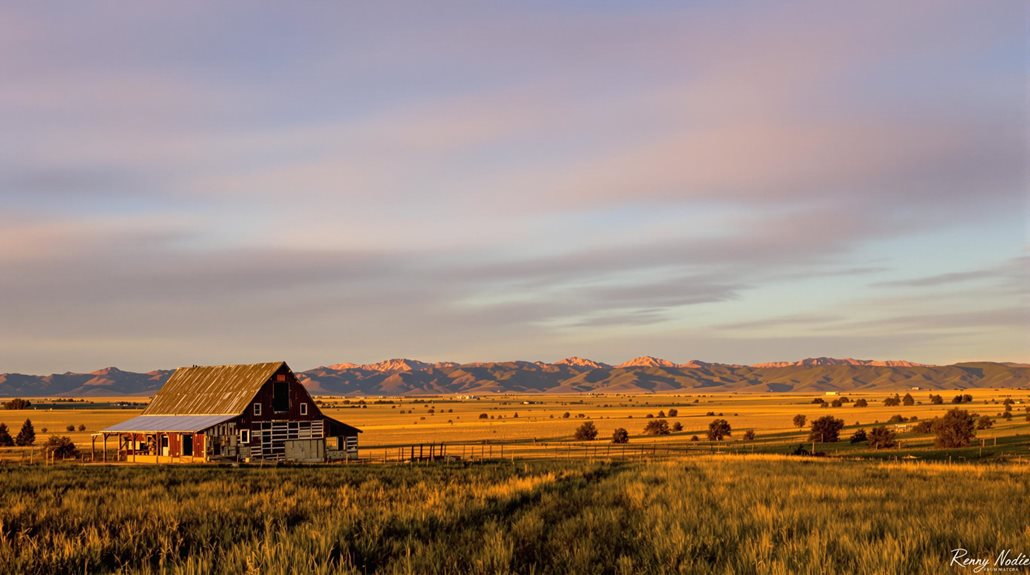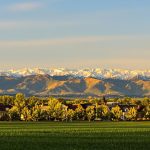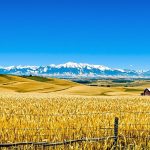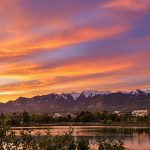Byers, Colorado, established in 1868 along the Kansas Pacific Railroad, is named after William N. Byers, the founder of Denver's *Rocky Mountain News*. It features a semi-arid climate with significant temperature fluctuations, from warm summers to cold winters. The town's strategic location near Denver International Airport supports a growing population with a strong agricultural and retail base. Byers offers vibrant community events, fostering unity among residents. Exploring further reveals its rich historical context and distinct development amidst Colorado's landscape.
Expert Highlights
- Byers, Colorado, has a semi-arid climate with warm summers and cold winters.
- William N. Byers is notable for founding Denver's *Rocky Mountain News*, not directly related to Byers, CO.
- Byers, CO, is near major highways and Denver International Airport.
- The town's economy includes agriculture and retail industries.
- Community events include 4th of July celebrations and local festivals.
History of Byers, Colorado
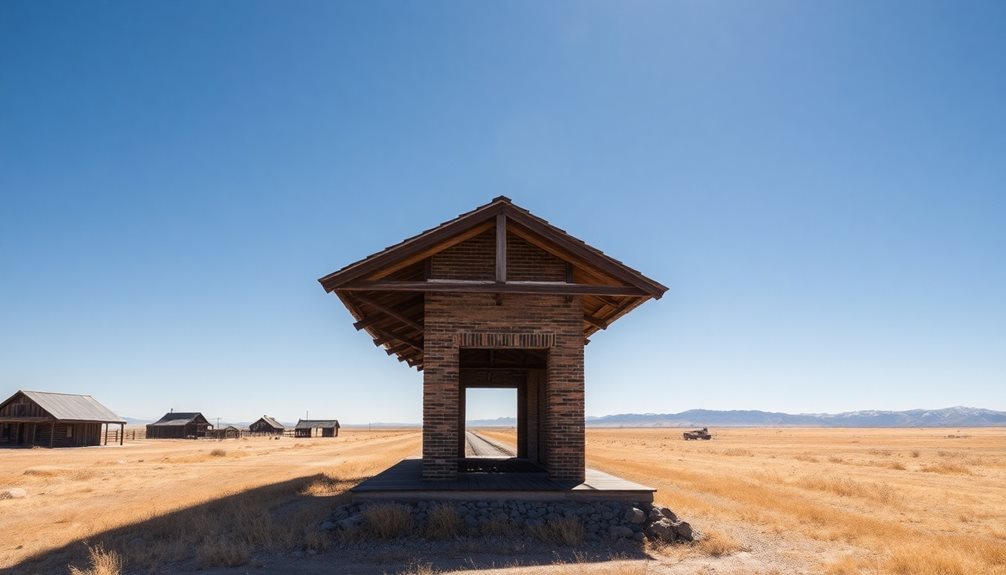
The history of Byers, Colorado, is lesser known compared to other prominent locations in the state, with most relevant historical figures and events tied to areas like Denver.
The town's significance is overshadowed by figures such as William Newton Byers, who famously contributed to Denver's growth through the *Rocky Mountain News*.
Byers' achievements include founding Denver's first newspaper and promoting the city's development, while his name is coincidentally linked to the lesser-known Colorado town of Byers, a situation not widely documented in historical texts focused on Colorado's broader narrative.
While Byers developed differently from historic Pueblo, Colorado, which became known for its distinctive cultural heritage and architectural charm, both towns represent important pieces of the state's settlement story.
Geography and Climate
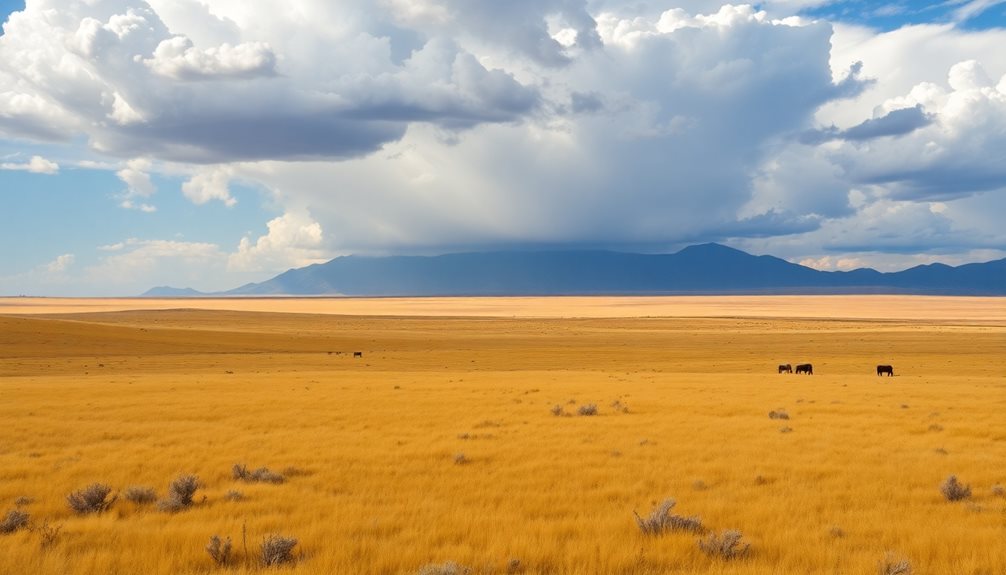
Byers, Colorado, is situated within a climatically diverse region of the state, characterized by a mild, semi-arid climate with warm to hot summers and cold winters.
Like nearby city Northglenn, Byers experiences distinct seasonal changes throughout the year.
The climate is marked by significant annual precipitation and snowfall. Some key climate metrics include:
- Temperature Range: Warm summers with temperatures around 90°F and cold winters with lows of about 16°F.
- Precipitation: Annual rainfall averages around 15 inches.
- Snowfall: Byers receives approximately 45 inches of snow each year.
Development and Economy
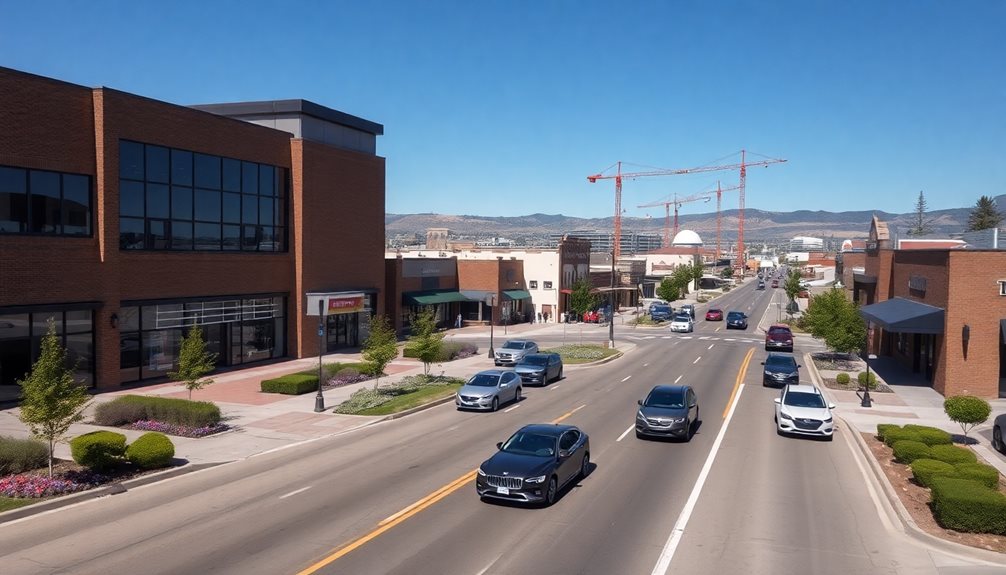
Several key factors drive the development and economy of Byers, Colorado. The area's strategic location near major highways and Denver International Airport fosters business growth.
| Economic Indicator | Value |
|---|---|
| Population Growth Rate | 14.1% |
| Median Household Income | $93,750 |
| Homeownership Rate | 83.7% |
| Average Commute Time | 41.6 minutes |
| Major Industries | Agriculture, retail |
Community Life and Attractions**
Community life in Byers, Colorado, is deeply influenced by its tight-knit atmosphere, which fosters a sense of unity and camaraderie among residents.
This vibrant community offers several attractions and activities:
- Annual 4th of July Celebrations: Featuring parades, a rodeo, and fun runs.
- Community Events: Regular movie nights, holiday craft fairs, and Easter egg hunts.
- Outdoor Activities: Availability of local parks and open spaces, ideal for family gatherings.
These activities highlight Byers' commitment to community engagement and enjoyment.
Expert Final Thoughts
The town of Byers, Colorado, established in 1868, is named after William N. Byers, a notable figure in Colorado's history. Located along the Kansas Pacific Railroad, Byers evolved into a rail and agricultural hub. Oil discoveries in the late 1950s marked a shift towards industrial development. Today, while still active, its growth has been influenced by the nearby Denver International Airport and its role as a potential suburban area for Denver.

